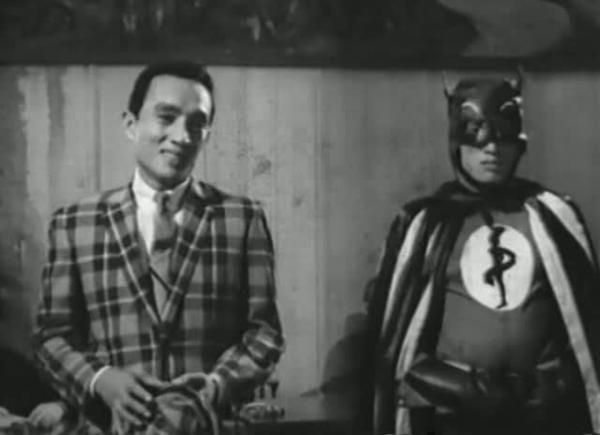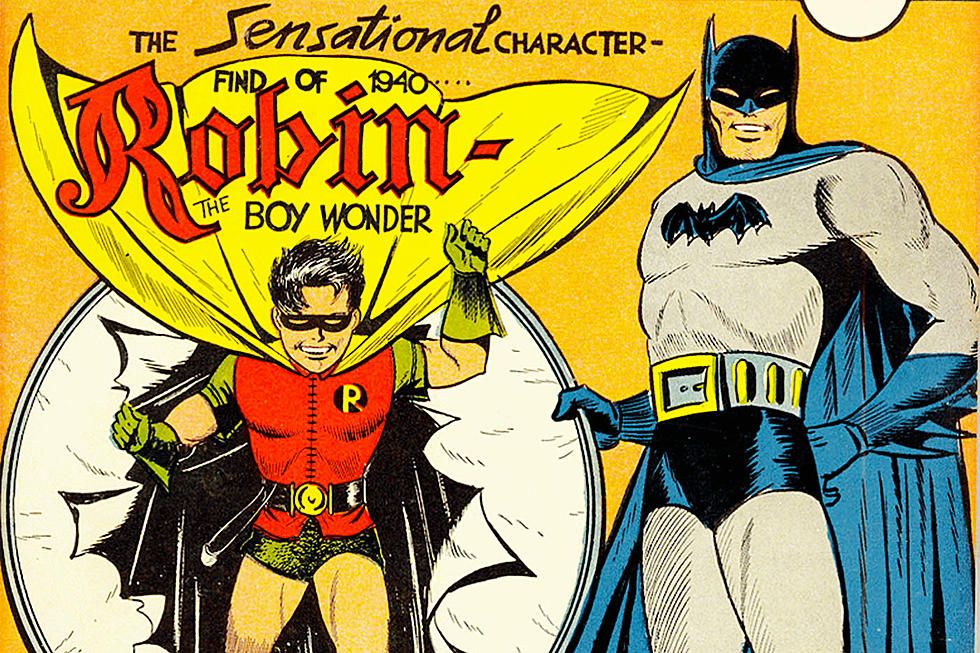So here I am searching for an Agent.
I confess, I feel almost as if I’ve passed through a time warp. The era in which I started trying hard to be a Writer, and the era I find myself in now, seem so different. Yet I don’t feel different. My writing doesn’t feel different. I went on this journey, restarting my life again and again, the time filled up, and yet, returning to this passion of mine, picking up the pen it feels as if no time has passed, but suddenly the world is different.
So what about this new world of smart phones and an amazingly comprehensive internet and online commerce? What does it mean to me as a Writer?
In one sense, it’s been disastrous for Free Lance writers. You hear that a lot from free lancers and former free lancers. The markets have dried up, magazines and newspapers are a dying industry, the world is awash in free content, or low price content. It’s harder than ever for most creatives to make a living at it, or even a successful hobby.
But then again, in the fiction trade, it was hardly ever easy. There were times perhaps when things were more open, where there were paying markets for fiction, where publishers were looking desperately for product to stock the shelves and fill the catalogue. Or where people in just the right places and time could get lucky. Unfortunately, I was never in those times or places.
So be it.
I’ve read that there are more novels around now than ever before, more readers, more books than ever before, the world is awash in print, either manual or electronic. Okay, maybe. Sure. I’m not sure I’m seeing it. I remember when I came to Winnipeg, I counted twenty bookstores, new and used in a half hour walk. Today, I count one new bookstore and maybe a half dozen used. Of course there are the big box book superstores in the suburbs and the ebook market, so apples and oranges.
But if there are more books out than ever, then my god, there are more Writers out there than you’ve ever seen. I’ve read someplace that there are a million scripts floating around Hollywood at any given time. I don’t know whether that’s true. But I wouldn’t be surprised. Every publisher, every editor, every agent has a gigantic slush pile. Looking through some of the literature on Agents, it’s like they get literally hundreds of inquiries a day coming in through mail and email from prospective writers. The numbers out there are insane.
Read more









